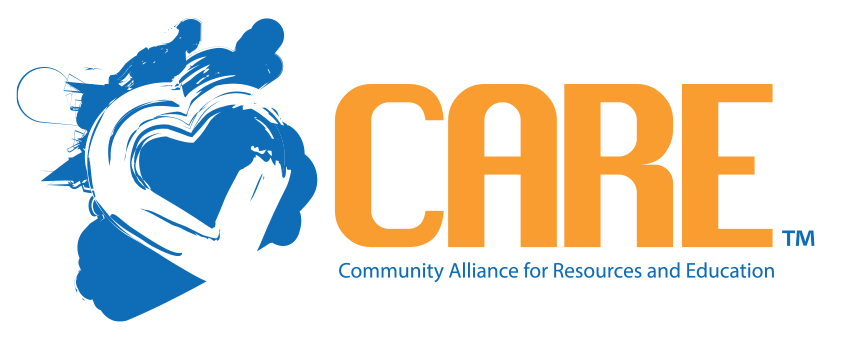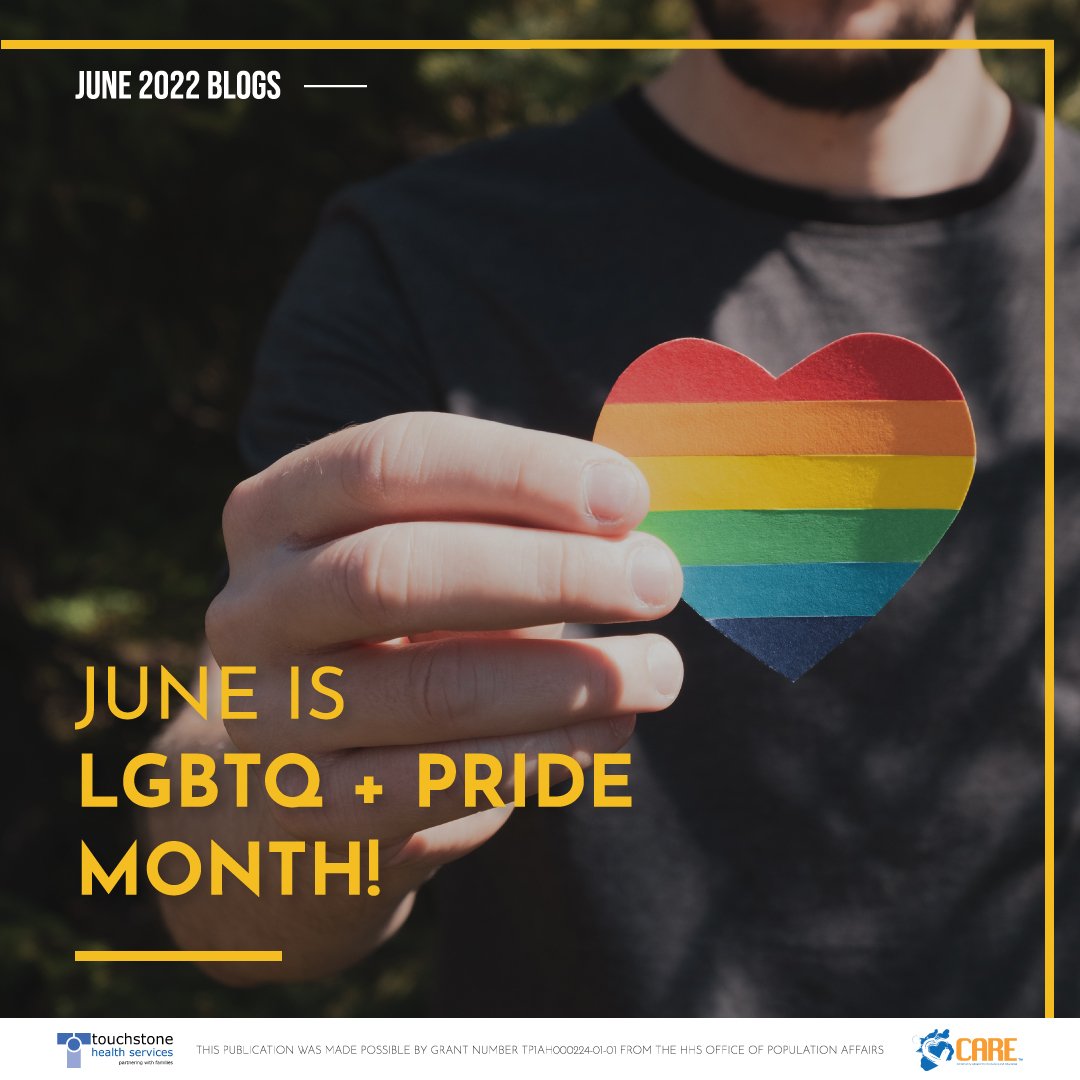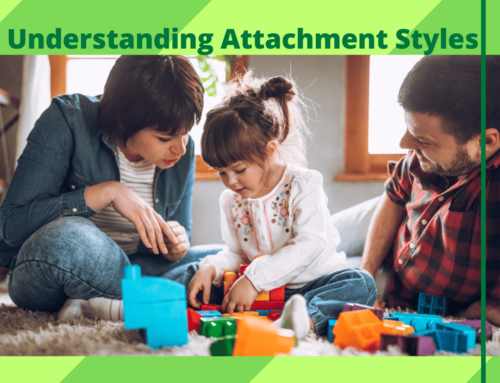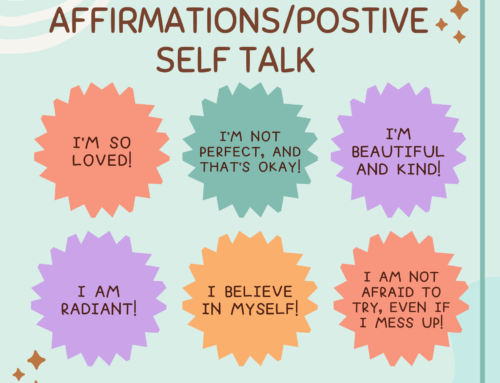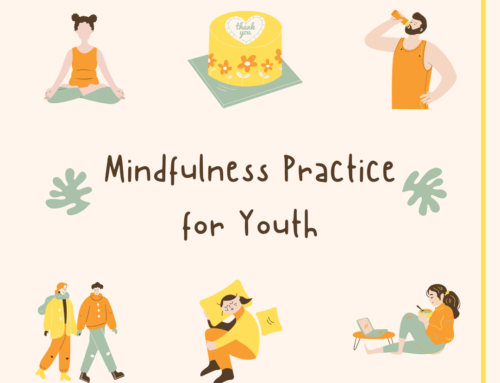June is LGBTQ+ Pride Month!
Greetings readers!
June is LGBTQ+ Pride Month, so happy Pride! Do you know the history of Pride Month? LGBTQ+ Pride month was first established by former president Bill Clinton in 1999. June was chosen as LGBTQ+ Pride month to honor an important event in the history of the gay rights movement: The Stonewall Rebellion (also called the Stonewall Riots). While modern LGBTQ+ Pride is considered a celebration, it is important to acknowledge the history of the protest and discrimination behind the event. Here is a link to a more detailed retelling of the Stonewall Rebellion.
With that in mind, here are some affirmations:
It is a privilege to get to know the real me.
I deserve love without conditions.
I am the expert when it comes to my own experience and identity.
My identity is empowering.
When discussing LGBTQ+ youth, it is important to know about the protective and risk factors that affect this group. For LGBTQ+ youth, having just one adult in their lives that is supportive of their gender and/or sexual identities lowers the risk of depression, anxiety, substance abuse, and attempting or completing suicide.
With the ever-expanding language of LGBTQ+ identities, here are a few important distinctions:
Gender Identity describes a person’s own understanding and experience of their gender.
Gender Expression is the way individuals show their gender identity to people around them, often through hairstyles, clothing, mannerisms, etc.
Sexual orientation is how individuals experience and express themselves sexually. This includes emotional, romantic, physical and/or sexual relationships.
In honor of Pride Month, here are a few tips that are considered “best practices” for working with LGBTQ+ youth. Here’s how YOU can be a Prevention Partner:
Be intentional about creating safe spaces for LGBTQ+ youth. Whether it’s at home, at schools, or within the community. The following tips are guidelines for how to create a safe space for LGBTQ+ youth.
Get familiar with LGBTQ+ language! The above definitions are a good place to start, but here is a link to a more expansive list of LGBTQ+ identities and other relevant terms.
Address and shut down anti-LGBTQ+ language when you hear it. Nearly all LGBTQ+ youth (98.8%) have heard other students, teachers, and adults in their lives use ‘gay’ in a derogatory or negative way.
Normalize sharing pronouns and using inclusive language. When adults share and respect youth’s preferred pronouns and use inclusive language, non-LGBTQ+ youth are more likely to as well. Using a gender-expansive youth’s correct names and pronouns is a form of suicide prevention for this population.
If an LGBTQ+ youth discloses their identity to you, do not share that information with others unless you have the youth’s consent. Coming out can be dangerous or even deadly for some LGBTQ+ youth. Respecting a youth’s right to privacy and confidentiality is a key aspect of a safe space.
